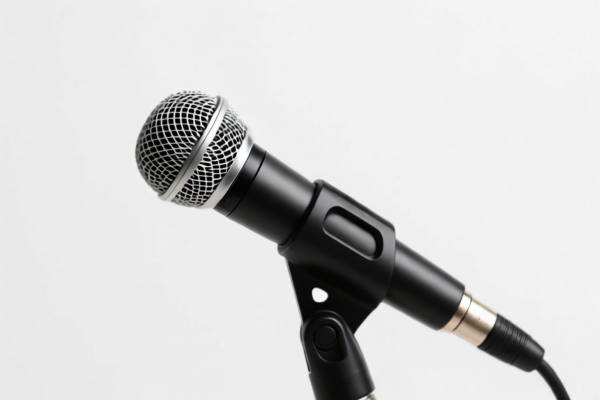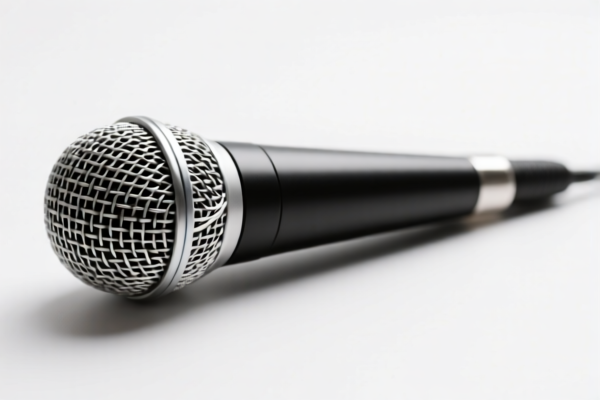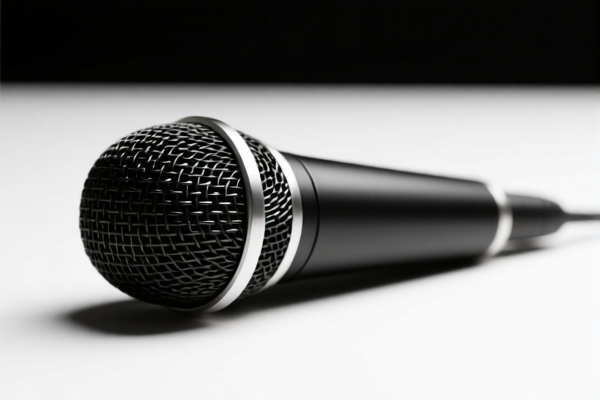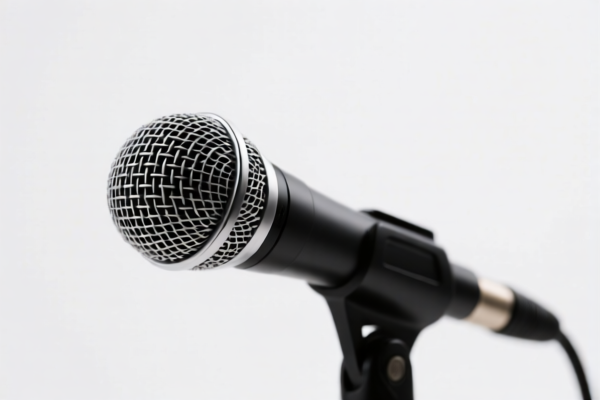| HS Code | Official Doc | Tariff Rate | Origin | Destination | Effective Date |
|---|---|---|---|---|---|
| 8518294000 | Doc | 30.0% | CN | US | 2025-05-12 |
| 8518220000 | Doc | 37.5% | CN | US | 2025-05-12 |
| 8531809041 | Doc | 37.5% | CN | US | 2025-05-12 |
| 8531809005 | Doc | 37.5% | CN | US | 2025-05-12 |
| 8512300040 | Doc | 57.5% | CN | US | 2025-05-12 |
| 8512909000 | Doc | 57.5% | CN | US | 2025-05-12 |
| 9504904000 | Doc | 30.0% | CN | US | 2025-05-12 |
| 9504909080 | Doc | 37.5% | CN | US | 2025-05-12 |




Small Speaker
A small speaker is an audio output device designed to produce sound from an electronic signal, typically characterized by its compact size. These speakers are utilized in a wide range of applications due to their portability and convenience.
Material
Small speakers commonly employ the following materials:
- Magnets: Neodymium, ferrite, or samarium cobalt magnets are used to generate the magnetic field necessary for sound production. Neodymium magnets are favored for their high strength-to-size ratio, enabling smaller speaker designs.
- Diaphragm: The diaphragm, the part of the speaker that vibrates to create sound waves, is often constructed from materials like paper, plastic (polypropylene, mylar), metal (aluminum, titanium), or composite materials. The material impacts sound characteristics; paper is common for warmth, metal for clarity, and plastics for durability.
- Enclosure: The speaker housing is typically made of plastic, wood, or metal. The enclosure material and design influence sound quality by minimizing unwanted vibrations and resonances.
- Wiring: Copper is the standard material for internal wiring due to its conductivity.
Purpose
The primary purpose of a small speaker is to convert electrical audio signals into audible sound. They are used for:
- Audio Reproduction: Playing music, podcasts, audiobooks, and other audio content.
- Notification Sounds: Providing alerts for smartphones, computers, and other devices.
- Communication: Enabling hands-free calling or voice communication.
Function
Small speakers function based on the principles of electromagnetism. An electrical audio signal is passed through a voice coil, which is positioned within a magnetic field. The varying electrical current creates a fluctuating magnetic field that interacts with the permanent magnet, causing the voice coil and attached diaphragm to vibrate. These vibrations create sound waves that are perceived as audio.
Usage Scenarios
- Portable Devices: Smartphones, tablets, laptops, and MP3 players.
- Bluetooth Speakers: Wireless audio playback for home, travel, or outdoor use.
- Computer Accessories: Desktop speakers for multimedia and gaming.
- Smart Home Devices: Voice assistants (e.g., Amazon Echo Dot, Google Nest Mini) and smart displays.
- Automotive Systems: Car audio systems and infotainment displays.
- Toys and Gadgets: Sound effects and audio playback in electronic toys and other gadgets.
Common Types
- Dynamic Speakers: The most common type, utilizing a voice coil and magnetic field to move a diaphragm. They are relatively inexpensive and provide good sound quality for general use.
- Piezo Speakers: Utilize piezoelectric materials that vibrate when an electrical signal is applied. They are small, lightweight, and consume little power, but typically have limited bass response.
- Balanced Armature Speakers: Commonly found in in-ear monitors (IEMs) and hearing aids. They offer high accuracy and clarity, especially in the mid and high frequencies.
- Electrostatic Speakers: Utilize a thin diaphragm suspended between two charged plates. They offer excellent sound quality but are generally more expensive and require a power source.
- Micro Drivers/Miniature Speakers: Extremely small speakers used in compact devices like wearables and hearing aids. They often employ specialized materials and designs to maximize sound output in a limited space.
Based on the material, use, function, and application scenarios, a “small speaker” can fall under several classifications depending on its specific characteristics. Here's a breakdown of potentially relevant HS codes:
-
8518294000: This code covers microphones and stands therefor; loudspeakers, whether or not mounted in their enclosures; headphones and earphones, whether or not combined with a microphone, and sets consisting of a microphone and one or more loudspeakers; audio-frequency electric amplifiers; electric sound amplifier sets; parts thereof: Loudspeakers, whether or not mounted in their enclosures: Other: Without housing, having a frequency range of
300 Hz to3.4 kHz with a diameter of not exceeding50 mm , for telecommunication use. This is applicable if the speaker is small, without a housing, designed for telecommunication, and meets the specified frequency and diameter criteria.- Chapter 85: Electrical and electronic equipment.
- Heading 8518: Loudspeakers, whether or not mounted in their enclosures.
- Subheading 851829: Other.
- 85182940: Without housing, having a frequency range of
300 Hz to3.4 kHz with a diameter of not exceeding50 mm , for telecommunication use.
-
8518220000: This code covers the same general category as above, but specifically for multiple loudspeakers mounted in the same enclosure. If the “small speaker” consists of several speakers within a single housing, this code applies.
- Chapter 85: Electrical and electronic equipment.
- Heading 8518: Loudspeakers, whether or not mounted in their enclosures.
- Subheading 851822: Multiple loudspeakers, mounted in the same enclosure.
-
9504904000: This code covers Game machines, other than those operated by coins, banknotes (paper currency), discs or similar articles; parts and accessories thereof. If the small speaker is integrated into a game machine (not coin-operated), this code may be relevant.
- Chapter 95: Toys, games and sports equipment.
- Heading 9504: Video game consoles and other game machines.
- Subheading 950490: Other.
- 95049040: Game machines, other than those operated by coins, banknotes (paper currency), discs or similar articles.
-
9504909080: This code covers Other: Other Other. This is a broad category and may apply if the speaker doesn't fit neatly into other classifications within Chapter 95.
- Chapter 95: Toys, games and sports equipment.
- Heading 9504: Video game consoles and other game machines.
- Subheading 950490: Other.
- 95049090: Other.
- 9504909080: Other.
According to the provided reference material, the HS code options related to 'small speaker' are limited, with only the following 4 found.
Customer Reviews
No reviews yet.